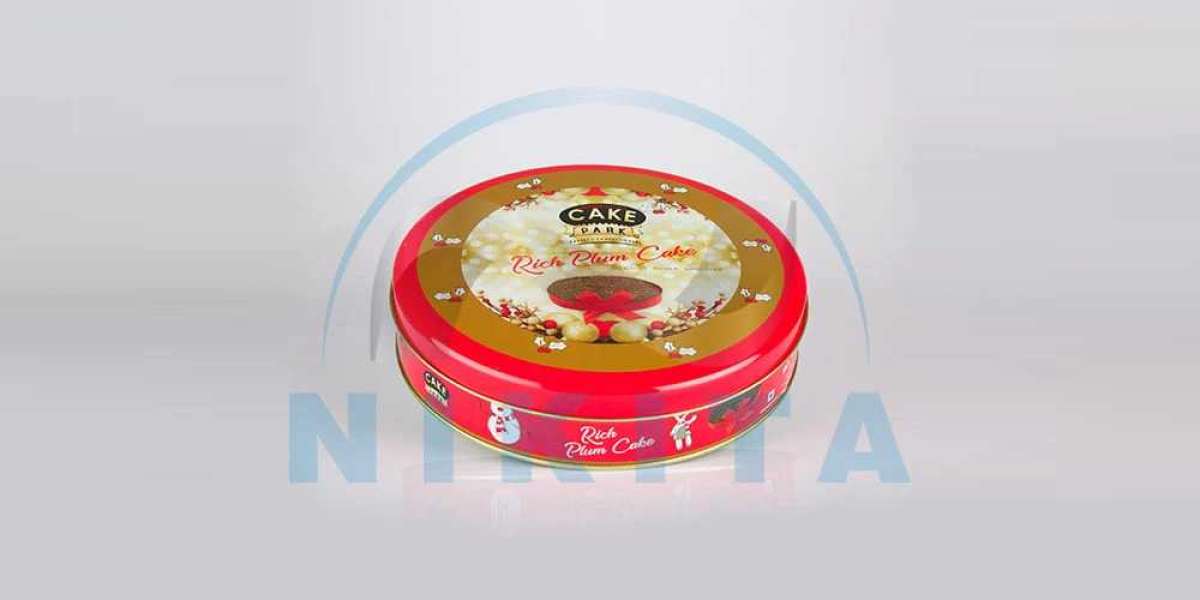Introduction
In a world striving for sustainability, the FMCG industry stands at a crossroads where innovation meets responsibility. Tin Plate Packaging is quietly reshaping how brands think about protection, preservation, and planet-friendly design. Unlike disposable plastics or limited-use materials, tin plate offers a balance of durability, safety, and recyclability that modern consumers and manufacturers both value deeply.
As 2025 unfolds, businesses are recognising that packaging is not just a shell but a statement. From food and confectionery to cosmetics and wellness products, brands are turning to tin plate as a reliable and sustainable solution that embodies both quality and conscience.
Why Tin Plate Packaging is Leading the Sustainability Shift
Every product tells a story, and its packaging is often the first chapter consumers experience. Tin Plate Packaging speaks of longevity and trust. Its inherent strength and resistance to corrosion make it ideal for products that demand freshness, aroma retention, and protection against environmental factors.
More than aesthetics, it’s about responsibility. Tin plate is one of the most recyclable materials available, capable of being reprocessed countless times without losing integrity. This characteristic makes it a cornerstone for circular economy models that FMCG brands are increasingly adopting in 2025.
The Functional Strength Behind the Elegance
Brands no longer have to compromise between performance and sustainability. Tin Plate Packaging delivers both, offering manufacturers a dependable way to safeguard quality while supporting environmental goals.
Key advantages include:
- Extended Shelf Life: Provides an airtight barrier that prevents oxidation, keeping food and beverages fresh longer.
- Non-Toxic Safety: Ensures packaging does not leach harmful chemicals, making it ideal for edible and cosmetic goods.
- Aroma and Flavour Protection: Maintains product integrity, ensuring consumers enjoy authentic taste and fragrance.
- UV and Bacterial Resistance: Acts as a protective shield, minimising spoilage and contamination risks.
- Superior Printability: Offers a high-quality surface for striking designs that elevate brand identity.
Each of these qualities adds value throughout the product lifecycle, from production to shelf presentation and beyond.
A Circular Future: Tin Plate Packaging and Recyclability
Sustainability is no longer a buzzword; it’s a business mandate. FMCG companies are under growing pressure to adopt packaging that aligns with global recycling standards. Tin Plate Packaging naturally fits into this ecosystem.
Unlike plastics, which degrade with each cycle, tin plate retains its properties through multiple rounds of recycling. It can be collected, melted, and reshaped repeatedly without loss in strength or appearance. This endless recyclability significantly reduces carbon emissions and landfill waste, helping brands achieve their environmental goals while maintaining cost efficiency.
Furthermore, consumers are more eco-conscious than ever. They prefer brands that invest in materials proven to be safe for the planet. By choosing tin plate, companies not only meet these expectations but also strengthen their reputation as responsible producers.
Design Meets Purpose: Why FMCG Brands Prefer Tin Plate Packaging
Modern packaging is as much about storytelling as it is about protection. Tin plate’s versatility makes it ideal for creating visually captivating designs that reflect a brand’s personality while ensuring durability.
For FMCG products, shelf appeal is everything. Tin plate’s glossy surface, coupled with advanced printing and embossing techniques, allows brands to deliver premium-looking products that capture attention instantly. Whether it’s the nostalgic charm of a biscuit tin or the elegant finish of a cosmetic container, tin plate adds a timeless touch that differentiates brands in competitive markets.
Additionally, tin plate packaging’s tamper-proof nature ensures security from factory to consumer. This instils confidence and reduces product loss, making it a trusted choice for high-value and perishable goods.
The 2025 FMCG Landscape: Shaping a Sustainable Tomorrow
As global regulations tighten around single-use plastics, FMCG brands are rapidly exploring alternatives that align with both market demands and environmental laws. Tin Plate Packaging has emerged as the most balanced choice—economically viable, aesthetically appealing, and environmentally sound.
Beyond compliance, the switch to tin plate supports corporate sustainability narratives, enhancing brand credibility and consumer loyalty. This change isn’t just about ticking a box; it’s about contributing to a cleaner future and creating packaging that stands the test of time.
By adopting tin plate solutions, FMCG manufacturers reduce waste, protect resources, and ensure long-term viability without compromising product performance or beauty.
Conclusion
Tin Plate Packaging has become a silent champion in the sustainable packaging movement of 2025. Its combination of strength, safety, and recyclability makes it a practical yet elegant choice for FMCG brands that value both product protection and planet protection.
Nikita Containers, founded in 1993 in Umbergaon, Gujarat, has grown from a small aluminium tube manufacturer to a global supplier of high-quality metal containers, catering to diverse industries including food, confectionery, cosmetics, and custom packaging. With eco-friendly, recyclable tin plate solutions offering durability, safety, and premium appeal, the company continues to uphold its mission of delivering excellence, trust, and innovation while contributing to sustainable packaging worldwide.
FAQs:
Q1: Why is Tin Plate Packaging considered sustainable?
A1: Tin plate is 100% recyclable, retains its quality after multiple reuses, and significantly reduces waste compared to single-use plastics.
Q2: Is Tin Plate Packaging safe for food and cosmetics?
A2: Yes, tin plate is non-toxic and protects contents from UV rays, bacteria, and contaminants, maintaining product integrity.
Q3: How does Tin Plate Packaging enhance brand appeal?
A3: With its smooth surface and excellent printability, tin plate allows high-quality graphics and designs that attract consumers.
Q4: Can Tin Plate Packaging help reduce carbon emissions?
A4: Absolutely. Its recyclability and long lifecycle reduce energy consumption and emissions during production and disposal.
Q5: What makes Tin Plate Packaging ideal for FMCG products in 2025?
A5: It offers durability, safety, shelf-life extension, and sustainability—qualities that align perfectly with modern FMCG goals.








